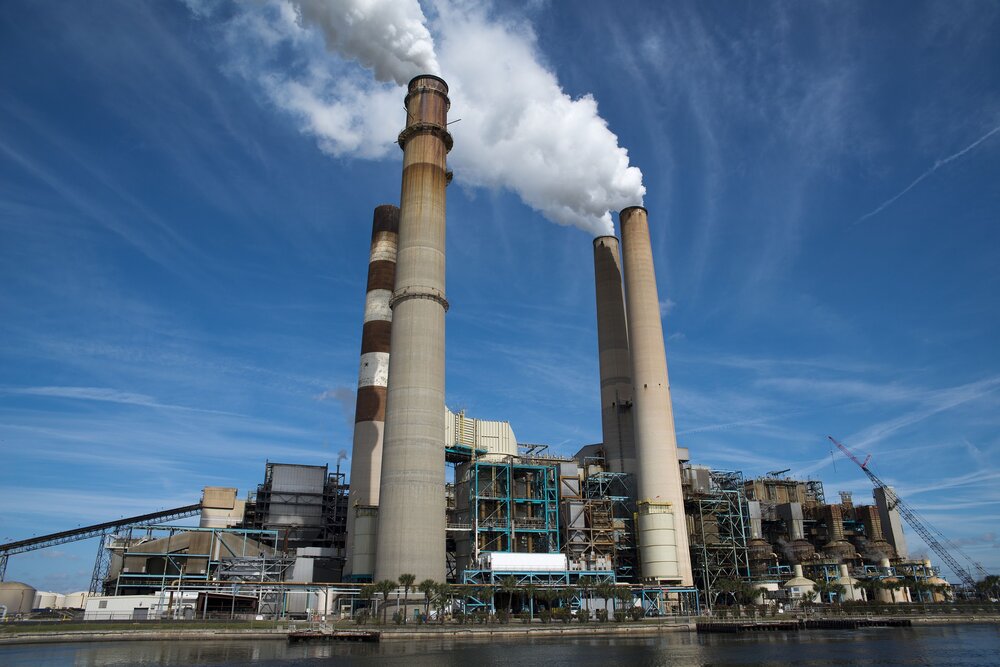Decommissioning program to be carried out for Tehran power plants

TEHRAN-One of the major programs that Iran’s Energy Ministry is currently following up seriously is increasing the average efficiency of the country’s power plants.
This program is focusing on two major aspects, one of them is upgrading the country’s old power plants and converting several gas power plants into combined cycle plants, and the other one is preventing the use of old power plants with efficiency rates lower than 20 percent.
The efficiency rate is the percentage of the total energy content of a power plant's fuel that is converted into electricity.
To materialize the second aspect, Iran’s Thermal Power Plants Holding Company (TPPH) has started a program for decommissioning worn-out thermal power plants.
Back in October 2018, TPPH Managing Director Mohsen Tarztalab unveiled a program for increasing the efficiency of the country’s power plants up to 40 percent.
According to Tarztalab, the efficiency improvement program was provisioned following a development initiative foreseen in the country’s Sixth Five-Year National Development Plan (2016-2021), based on which the average efficiency of the country’s power plants was to increase 2.1 percent.
Based on the sixth development plan, new power plants in Iran should operate with an efficiency of at least 55 percent.
In this regard, the preliminary measures for decommissioning three worn-out power plants of Tehran, namely Tarasht, Rey, and Be’sat, and replacing them with the new power plants have been taken, as the TPPH managing director announced last week.
Tarztalab said, “Despite the low efficiency of three old power plants of Tehran, they should operate in the summer due to the high electricity consumption, and to prevent the possible blackouts during the peak period, but now we plan to replace these power plants.”
He also announced that at the first step, the replacement operation of Tarasht power plant will be conducted soon.
As Tarasht and Be’sat power plants are very old, they have high water consumption and also create high pollution; therefore, the replacement program is seriously followed up for these two power plants, which will reduce their water consumption, and also pollution.
The replacement process is carried out in three steps; in the first step, the required equipment and installation are supplied, then they are installed and operated, and in the last step the old power plant is decommissioned.
According to Tarztalab, decommissioning of the old power plants before the completion of the new ones is not possible, as the new power plants starting operation takes a long time, and also because of Tehran’s high need for electricity. Therefore, the new units are constructed next to the old ones and when the new power plants are put into operation completely the old ones will be decommissioned.
Saying that the contractor for implementing Tarasht power plant project has been selected, the official announced that the operation will be started soon.
The project will take two years and 60 megawatts (MW) of new capacity will be gradually replaced, he added.
“For Rey power plant, the operation will be started in this autumn (ends on December 20), and for Be’sat power plant we are cooperating with the Department of Environment (DOE) for receiving the required permit to establish the new power plant”, the official stated.
Decommissioning the mentioned three power plants is hoped to be a big step in improving the efficiency of Iran’s power plants.
Deputy Energy Minister Homayoun Haeri has said that the efficiency of the country’s power plants is going to improve to 39 percent by the end of the current Iranian calendar year (March 20, 2021).
According to Haeri, the average efficiency of the power plants was improved by about 0.5 percent at the end of the fifth Iranian calendar month of Mordad (August 21), compared to the same date last year.
There are nearly 3,000 megawatt capacity of old power plants with low efficiency (about 20 percent) in Iran which are only used during the summer peak consumption periods, and by implementing consumption management programs by the Energy Ministry the mentioned power plants won’t be used and consequently, the average efficiency will increase, according to Haeri.
The nominal electricity generation capacity of Iranian power plants currently stands at 85,500 megawatts [85.5 gigawatts (GW)].
